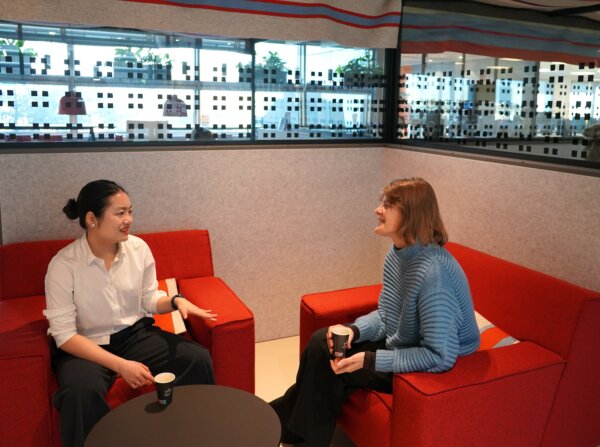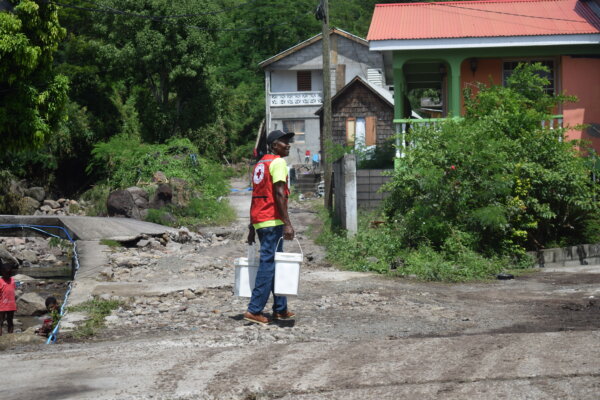
Improving humanitarian action
with data & digital
510 is the data and digital team of the Netherlands Red Cross. We envision a world where humanitarians use digital solutions to provide timely, relevant, and accountable assistance to every person affected by crisis. To bring this vision to life, we help humanitarians transform how they operate, by strengthening local capacity, delivering data services and digital products.
Discover how we can support your National Society’s digital transformation journey.
Our thematic areas
Our portfolio
Latest articles
-

“The Red Cross Listens to You”: DEH in Colombia
Continue reading: “The Red Cross Listens to You”: DEH in ColombiaIn Colombia, humanitarian needs are diverse, ongoing and often converge within the same territories. The country faces simultaneous impacts of migration, socioeconomic hardships, the persistence of armed conflict, gender-based violence, and natural hazards such as floods, landslides and earthquakes. To respond to…
-

INTERVIEW | Humans of 510: Stories Behind the Data
Continue reading: INTERVIEW | Humans of 510: Stories Behind the DataInternational Volunteer Day Special: Meet Linlin Luo! At the Netherlands Red Cross’ data and digital team, 510, we believe that behind every innovation is someone whose skills and vision make humanitarian action faster, smarter, and more inclusive – and our volunteers are no…
-

RESEARCH | Feasibility Study for a Sub-Regional Anticipatory Action Mechanism for Hurricanes in the Caribbean
Continue reading: RESEARCH | Feasibility Study for a Sub-Regional Anticipatory Action Mechanism for Hurricanes in the CaribbeanJoining forces, the French Red Cross’ Regional Intervention Platform for the Americas and the Caribbean (PIRAC) and the Netherlands Red Cross’ data and digital team, 510, conducted a comprehensive feasibility study exploring the potential for a sub-regional anticipatory action mechanism for hurricanes…
-

Facing Drought Head-On: How Lesotho Acts Early Through Climate Services
Continue reading: Facing Drought Head-On: How Lesotho Acts Early Through Climate ServicesIn Lesotho, climate change is no longer a distant threat: it’s a daily reality. Prolonged droughts are reshaping the country’s landscapes and putting immense pressure on communities that rely on rain-fed agriculture and small-scale livestock farming. For many, the difference between resilience…